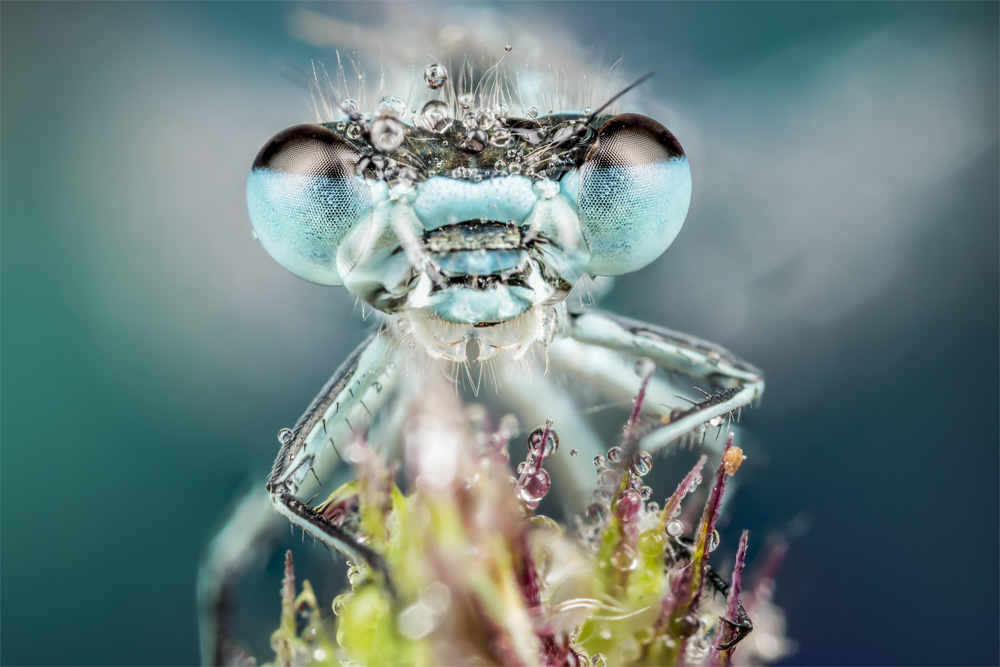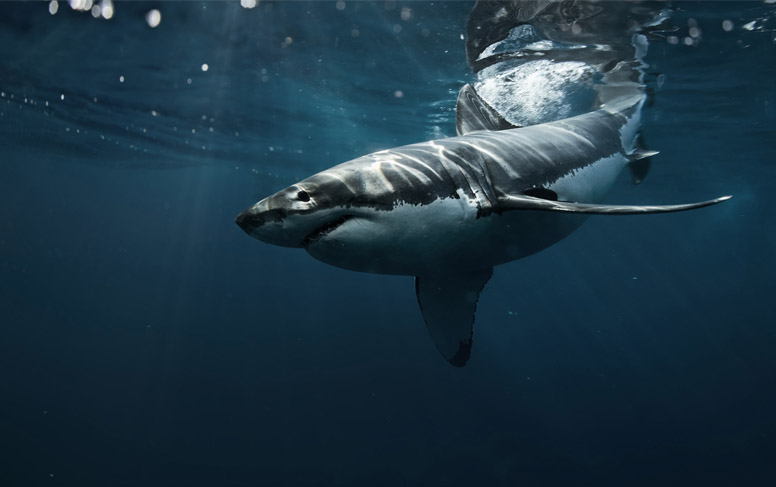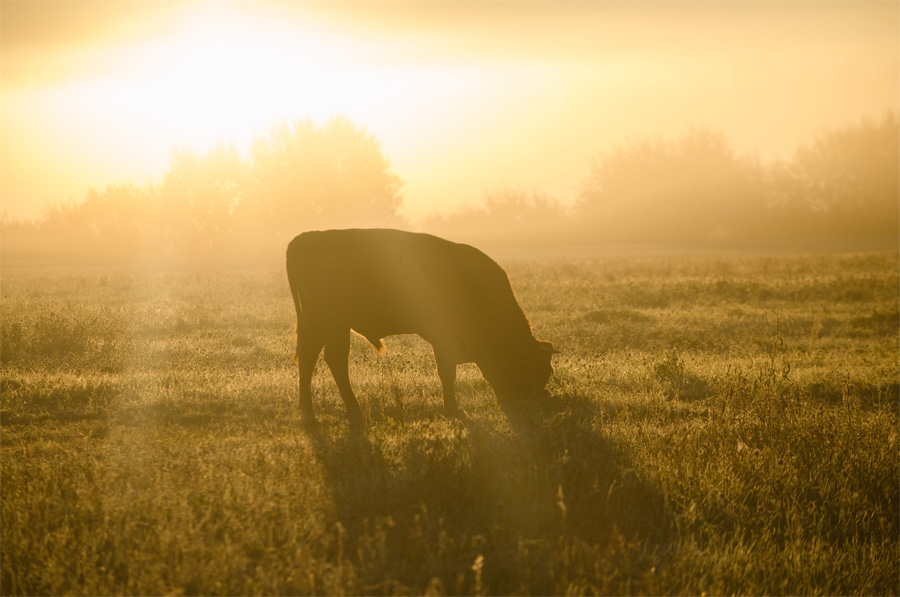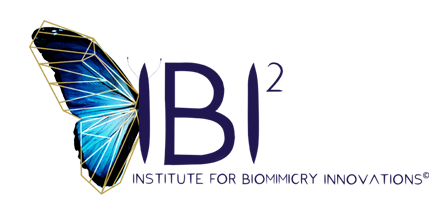Limburgs leather
Leolux cooperates with IBI² and local companies towards an ecological leather that is degradable and traceable. In order to develop a sustainable product in accordance with the principles of the Blue Economy.
Intro
Corus leather comes from a Limburg Limousin cow. Their hides are locally processed, in a unique processing chain, which results in beautiful natural leather. Produced with probiotics, it is using less water and energy than "normal" furniture leather. In addition, it is fully degradable and traceable to the pasture where the animal has grazed.
In bold development processes challenges are inevitable. While searching for suppliers, we began exploring our own city, Venlo. Obviously, resources here were concise. Subsequentlly we tried to keep the chain as local as possible. The biggest distance between Leolux and a supplier was 125 km. (Leolux).
Client
Leolux
Cooperations
Limousin regionaal, Tomassen Vlees, Rompa Tanneries, provincie Limburg en Arvalis
Our role
Research & Ketens
Goal
Collaborations
Chains
We gain a great deal with this leather. Normally a hide travels around two thousand kilometers from the pasture to the Leolux factory. The transporting distance for our own leather decreased a lot. No less than 75%! From the Limburg meadow, to the leather processors and finally to Leolux: the whole journey is no more than five hundred kilometers. (Leolux).
100% locally
The armchair Hilco (in full Hilco Prime) is local to the core. Designer Patrick Belli hails from the south of the province, product development took place at Leolux in Venlo, as did all production. The high-quality raw materials all come from the region.
Corus leather comes from a Limburg Limousin cow. Their hides are processed on site, in a unique processing chain, resulting in beautiful natural leather. Produced with probiotics, it uses less water and energy than "ordinary" furniture leather. Moreover, it is fully degradable and traceable to the pasture where the animal has grazed. (Leolux).
The Blue Economy and circular processes
In the Blue Economy the only way of working is to use what is locally available. In this new chain, transport is reduced and leather is purchased locally.
The skins were previously sold along as a waste product. Because they have gained more added value in the new chain, with the Blue Economy they are viewed as a residual product. As a result, the skins have become a clear source for a product.
In the field of sustainability, Leolux is inspired by the Blue Economy. This theory reaches further than the environment alone, and also involves the regional economy. Leolux makes use of the expertise of IBI2, also co-initiator of the program to produce local leather. With the production of local leather, Leolux is making great strides: the hides travel three quarters less kilometers, which saves on particulate matter and CO2 emissions from trucks, the economy in the region is stimulated (cattle farmers, tanneries, suppliers) and production is also cleaner, because in the most polluting part of the process (the wet house / beamhouse), 15% of water and energy is saved through the use of probiotics.
More projects




